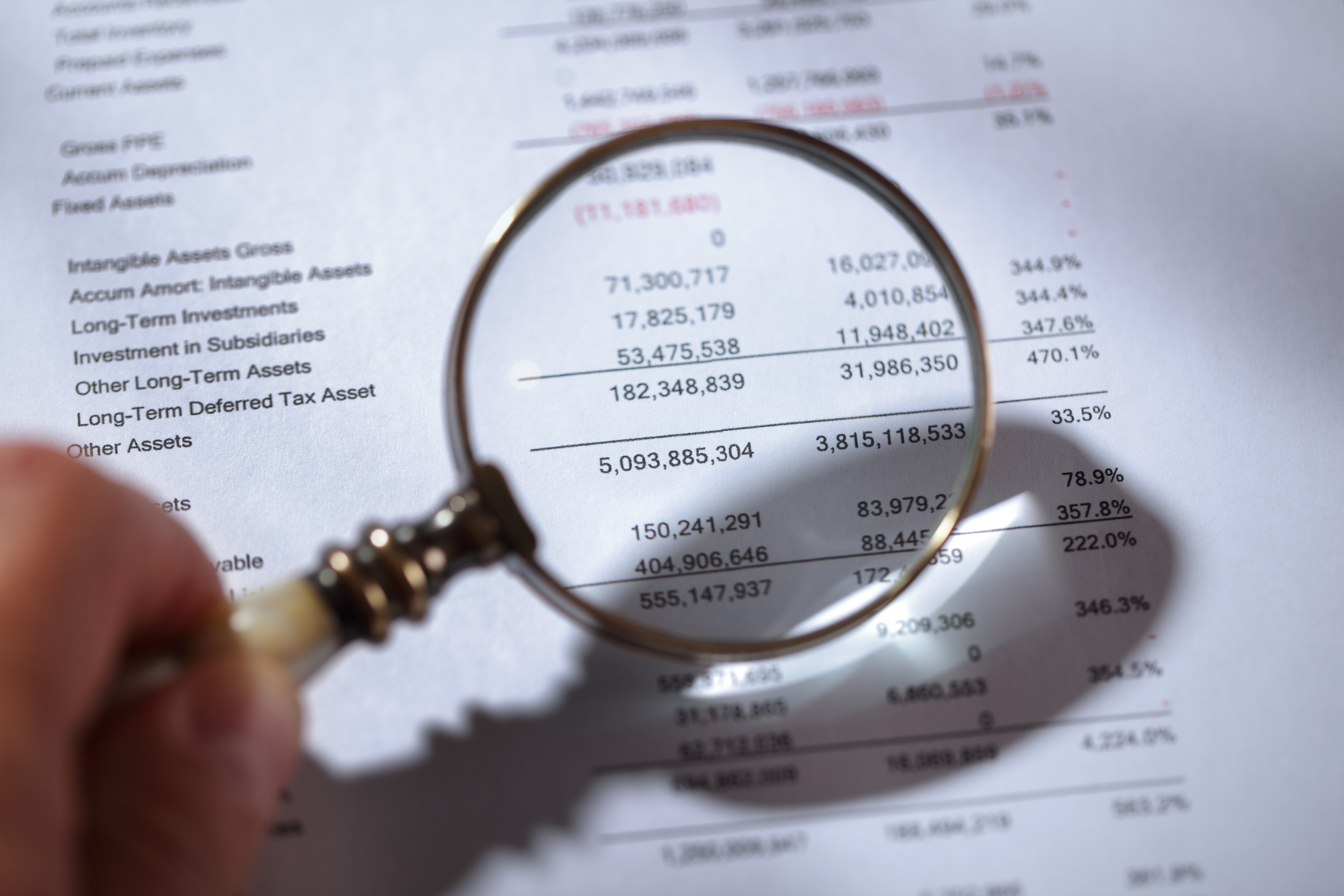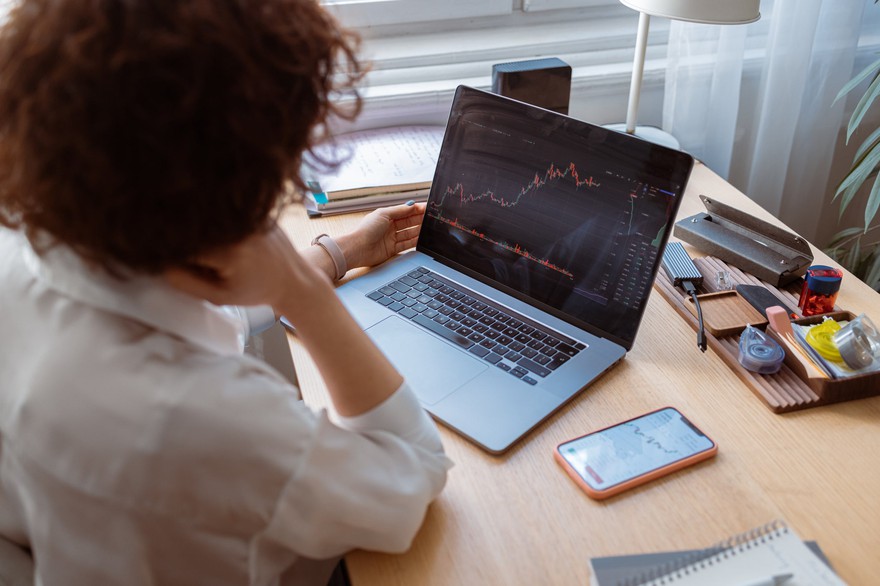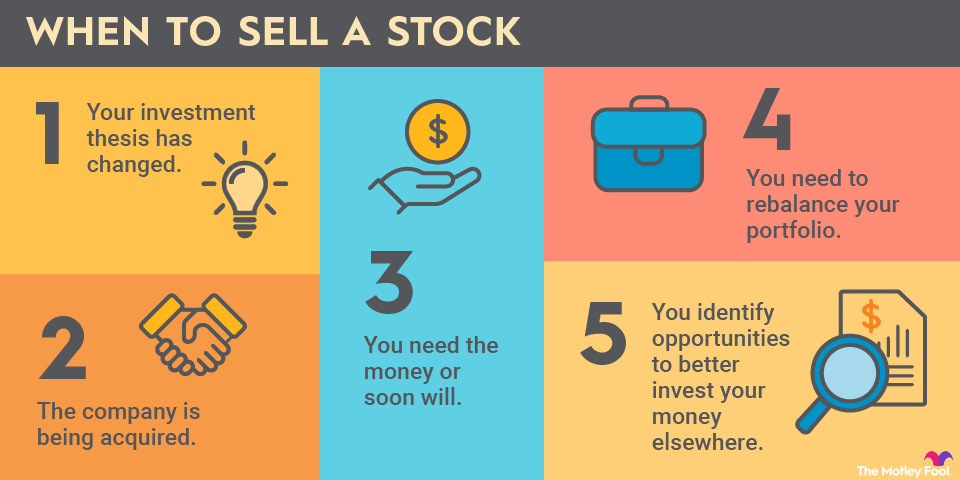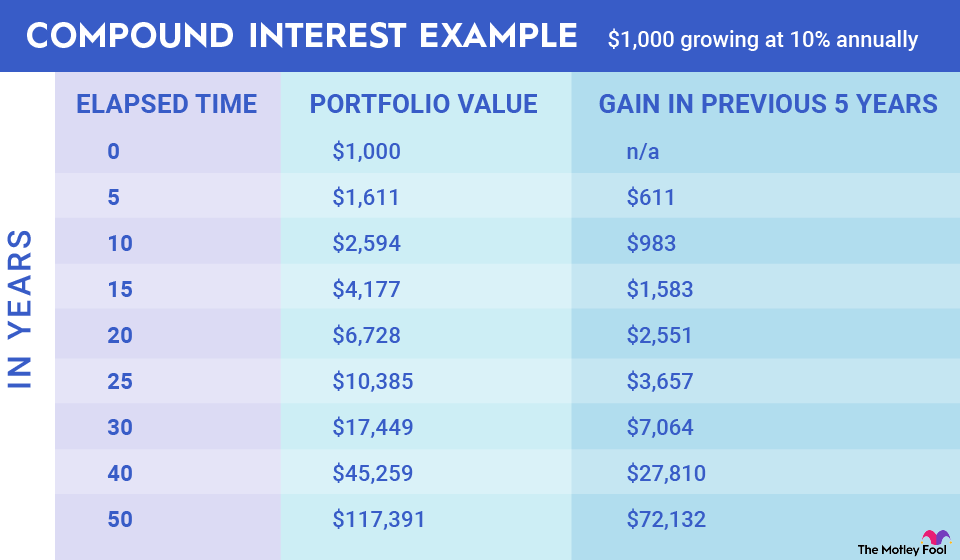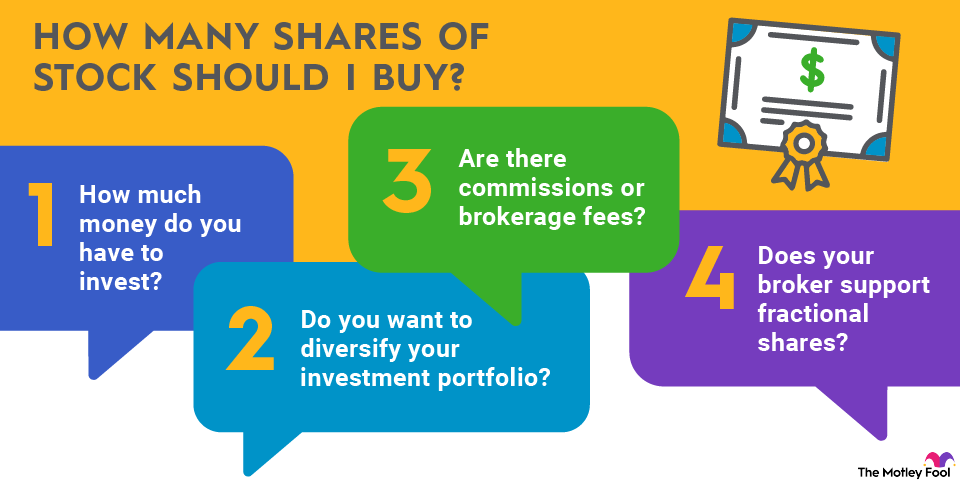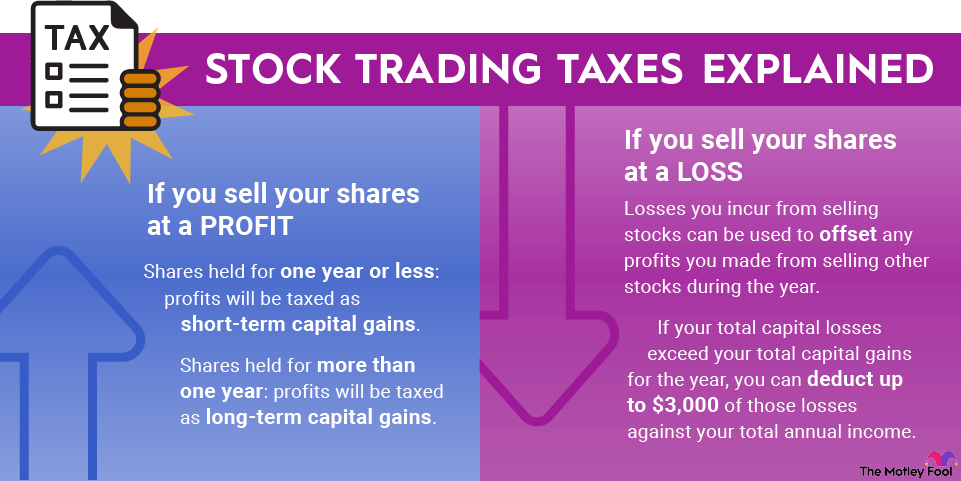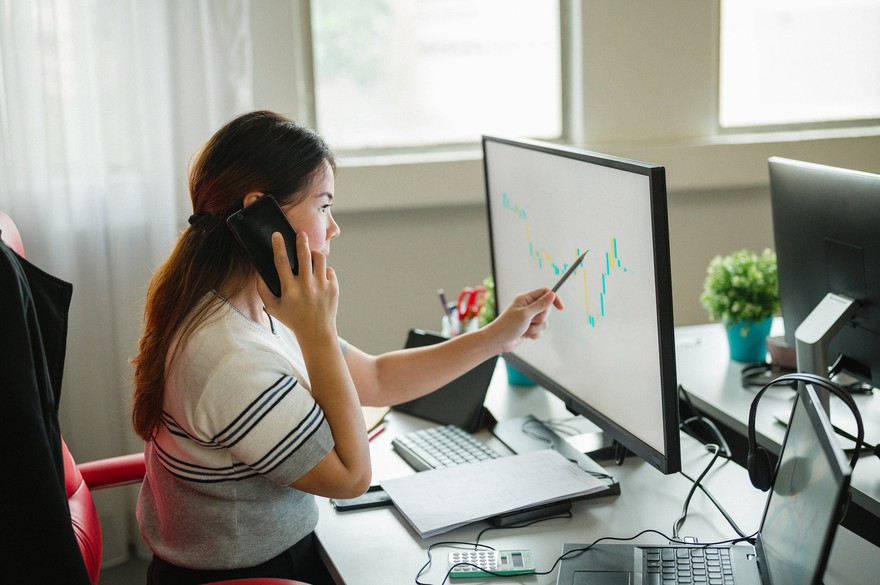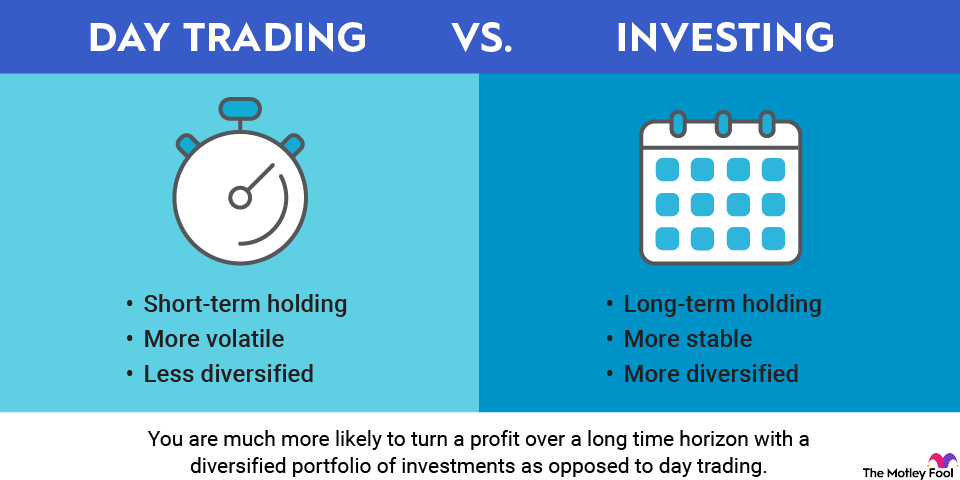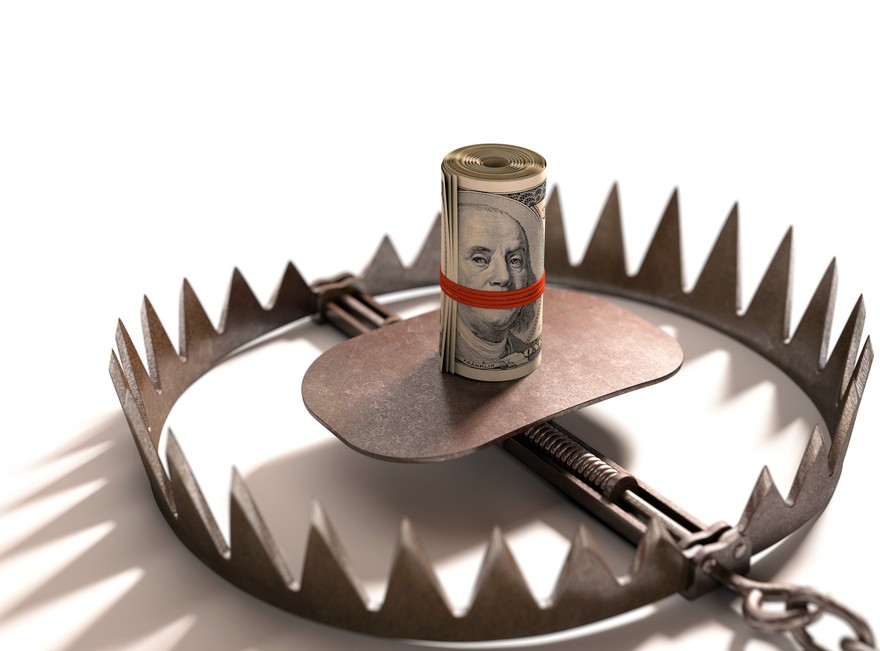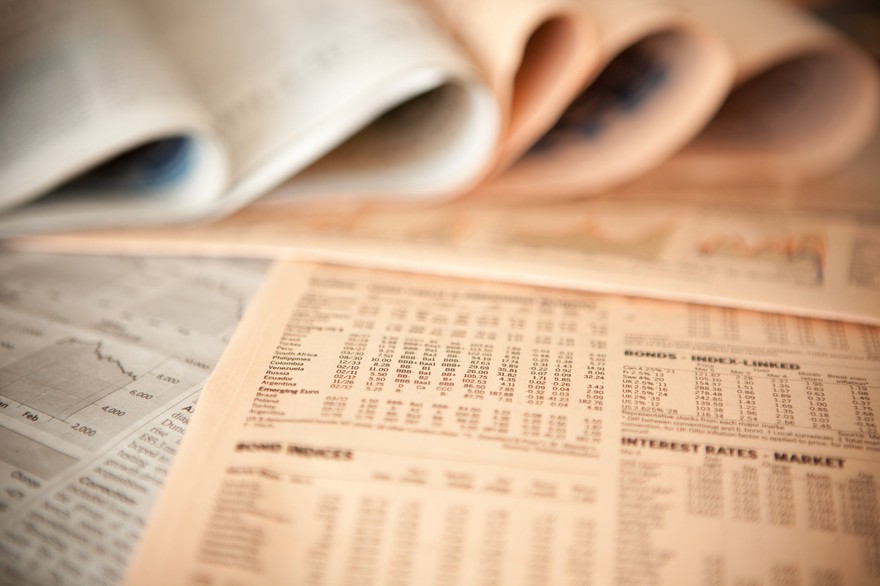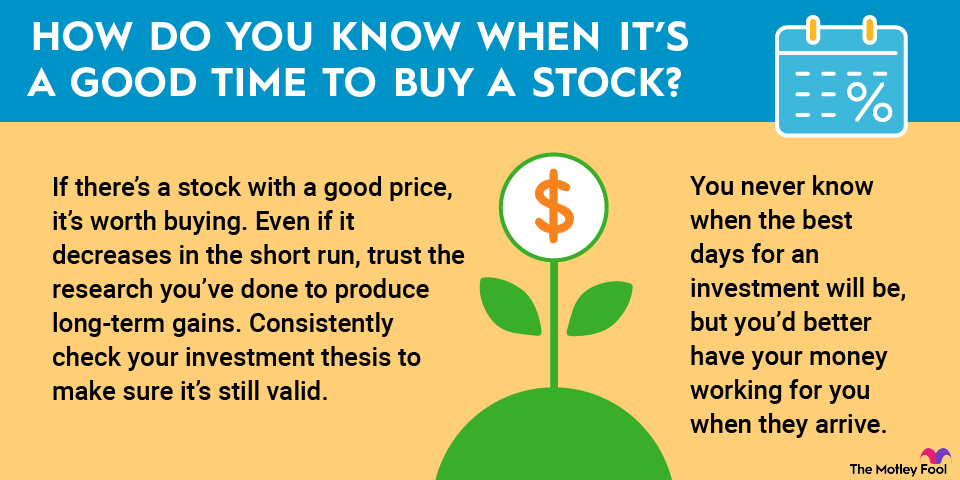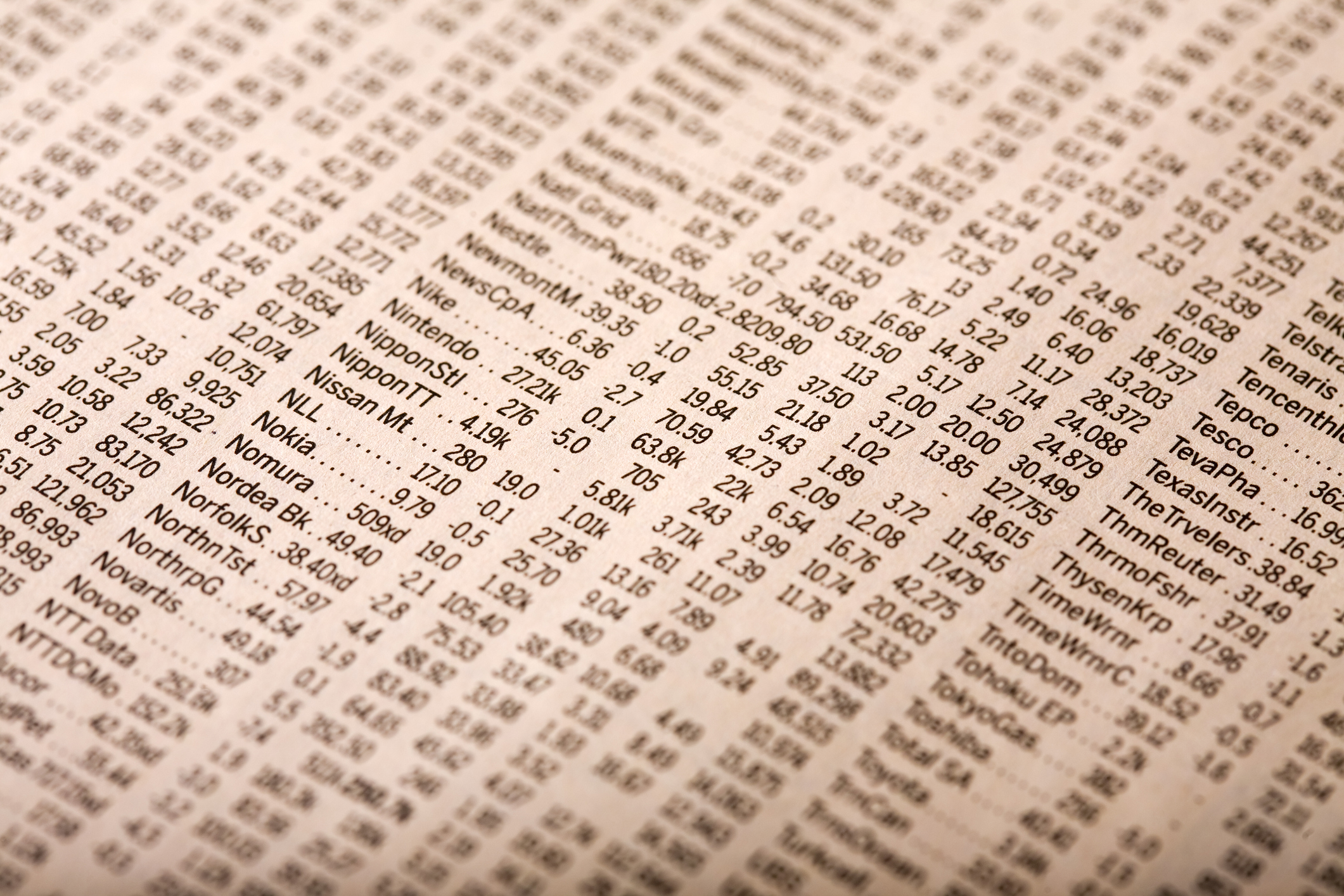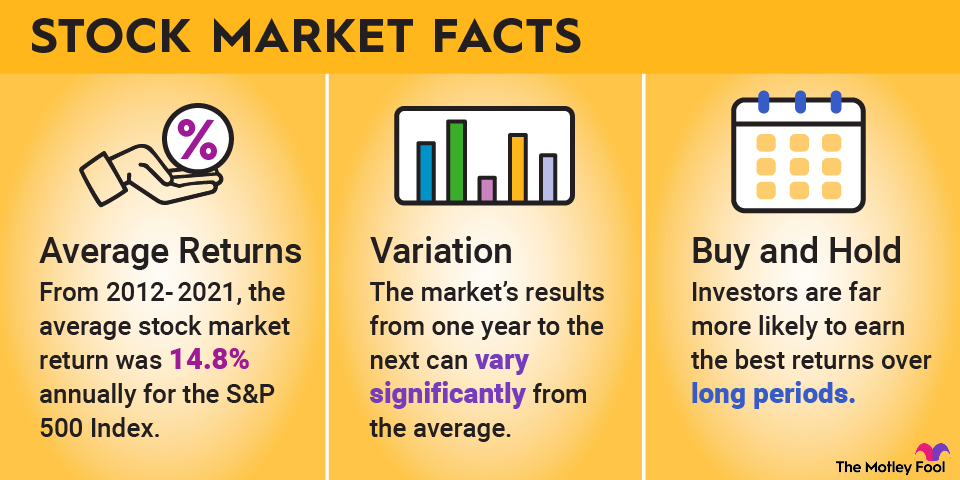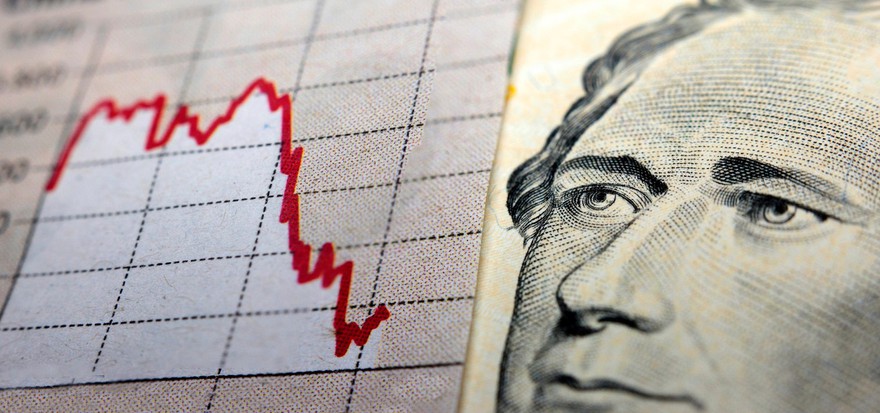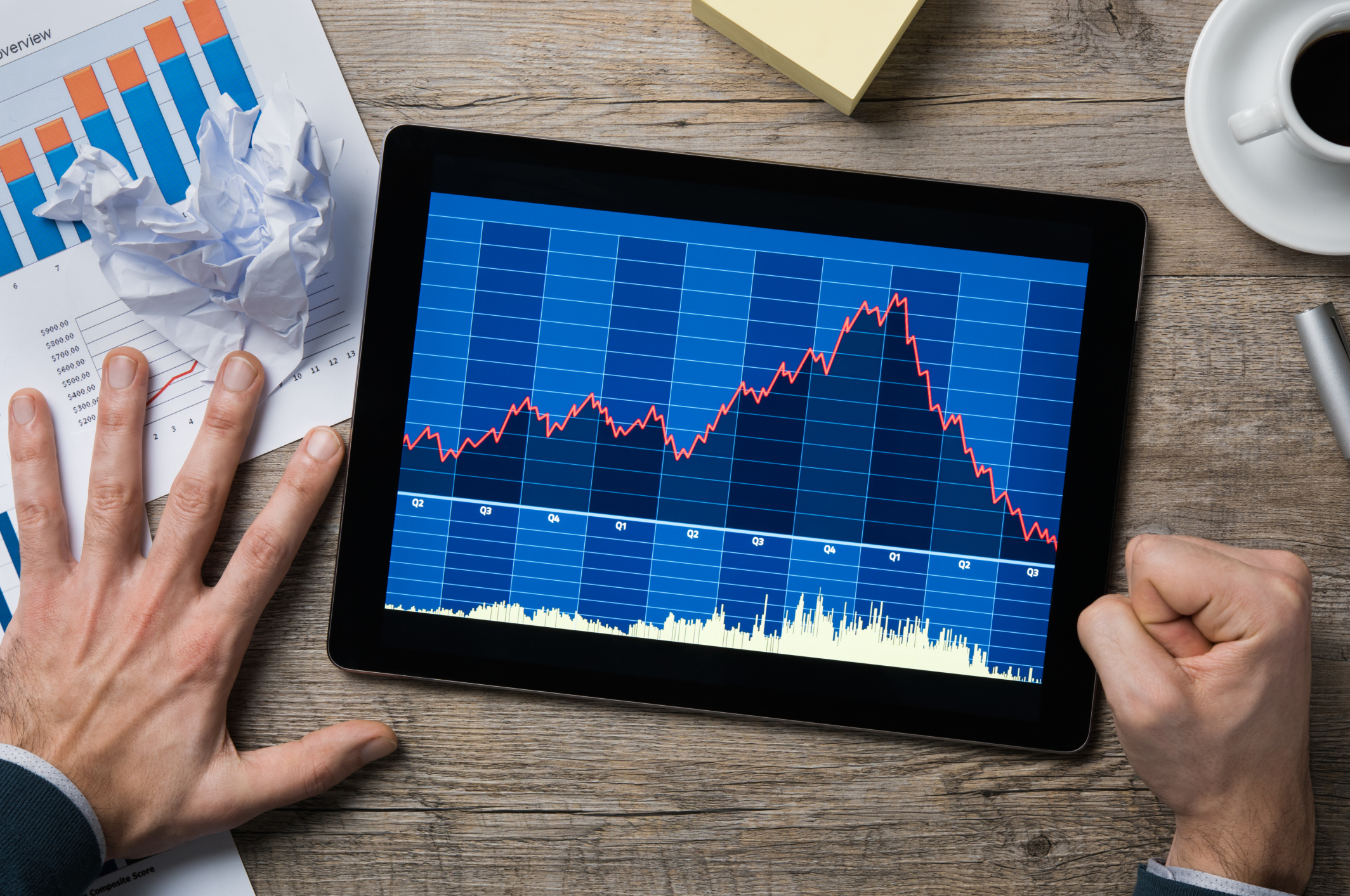Futures trading is a way to speculate on or hedge against the future value of all kinds of assets, including stocks, bonds, and commodities. Trading futures can provide much more leverage than trading stocks, offering the possibility for very high returns but with very high levels of risk.
If you understand how futures markets work and how futures could play a role in your portfolio, they can provide some welcome diversification to your holdings.
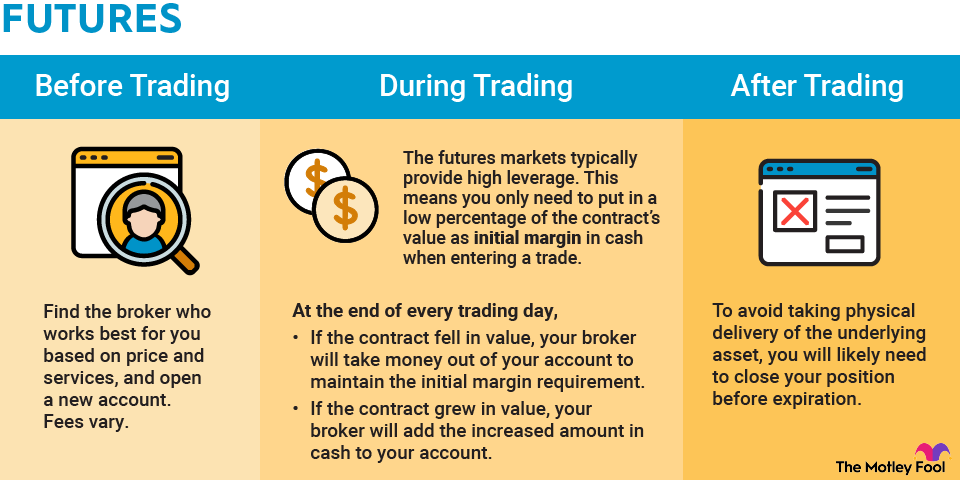
What are futures?
When you hear someone use the word "futures" in the finance world, they typically mean futures contracts. A futures contract provides terms for the delivery, or cash settlement, of a specified asset, such as stocks, raw materials, or products, at a specified date in the future. The value of the contract is derived from the value of the underlying asset, making futures a form of derivatives.
Unlike stock options, futures require the contract holder to settle the contract. That's the key difference between futures and options. Options give the contract holder the right — but not the obligation — to settle the contract.
Futures are particularly useful in business. If you own a farm, for example, and you grow corn, you may want to lock in a price for your corn before it's time to harvest. That can guarantee a certain level of income for the year, and there won't be any surprises if the price of corn tanks. However, it also means you won't reap the benefits if the price of corn skyrockets before it's time to harvest.
You can buy or sell a futures contract. If you buy the contract, you agree to pay a certain price on a certain date. If you sell a contract, you agree to provide the underlying asset at the specified price.
Understanding futures
Futures contracts are typically traded on a stock exchange, which sets the standards for each contract. Since the contracts are standardized, they can be freely exchanged between investors. This provides the necessary liquidity to make sure speculators don't end up taking physical delivery of a tanker-load of oil.
Each contract is for a standard amount of the underlying asset. For example, gold futures trade in contracts for 100 troy ounces. So, if gold is trading for about $2,000 per ounce, each futures contract is $200,000 in value. Oil is measured in barrels, which are about 42 gallons, and each futures contract is for 100 barrels. Corn is measured in bushels, which weigh approximately 56 pounds, and futures contracts are standardized to 5,000 bushels.
Futures contracts also dictate how the trade will be settled between the two parties on the contract. Will the contract holder take physical delivery of the underlying asset, or will it provide a cash settlement for the difference between the contracted price and market price at the time of expiration?
With standardized futures contracts, it's easy for investors to speculate on the future value of any asset traded on the futures market. If speculators think the price of oil will spike over the next few months, they can buy a futures contract for three months or more from the current date. When the contract is close to the exercise date, they can easily sell the contract, hopefully for a gain.
Some parties use futures contracts to hedge their positions. A producer can use futures contracts to lock in a price for their goods. For example, an oil company might want to ensure it gets a specified price on its output for the year and sell oil futures to interested investors.
On the other side, a company might hedge the market for commodities they consume. For example, an airline may buy futures for jet fuel. That provides predictable expenses even if the price of jet fuel fluctuates.
Another way to hedge using futures is if you own a broad and diversified portfolio of stocks and want to protect yourself against downside risk. You could sell a futures contract for a stock index. The position would increase in value if the stock market went down.
Pros and cons of trading futures
Pros
- Easy to bet against the underlying asset. Selling a futures contract can be easier than short-selling stocks, and you'll gain access to a wider variety of assets.
- Simple pricing. Futures prices are based on the current spot price and adjusted for the risk-free rate of return until expiration and the cost to physically store commodities that will be physically delivered to the buyer.
- Liquidity. Futures markets are highly liquid, making it easy for investors to move in and out of positions without high transaction costs.
- Leverage. Futures trading can provide greater leverage than a standard stock brokerage account. You might only get 2:1 leverage from a stockbroker, but with futures, you could get 20:1 leverage. Of course, with greater leverage comes greater risk.
- An easy way to hedge positions. A strategic futures position can protect your business or investment portfolio against downside risk.
Cons
- Sensitivity to price fluctuation. If your position moves against you, you may have to provide more cash to cover the maintenance margin and prevent your broker from closing your position. And when you use a lot of leverage, the underlying asset doesn't have to move very much to force you to put up more money. That can turn a potential big winner into a mediocre trade at best.
- No control over the future. Futures traders also hold the risk that the future isn't predictable. For example, if you're a farmer and agree to sell corn in the fall, but then a natural disaster wipes out your crop, you're going to have to buy an offsetting contract. And if a natural disaster wiped out your crop, you're probably not the only one, and the price of corn likely climbed much higher, resulting in a substantial loss on top of the fact that you don't have any corn to sell. Likewise, speculators are unable to foresee all potential impacts on supply and demand.
- Expiration. Futures contracts come with an expiration date. Even if you would have been right on your speculative call that gold prices will go up, you might end up with a bad trade if the contract expires before that point.
How to trade futures
Getting started trading futures requires you to open a new account with a broker that supports the markets you want to trade. Many online stock brokers also offer futures trading.
To gain access to futures markets, though, they may ask more in-depth questions than when you opened a standard stock brokerage account. Questions may include how much money you need to start futures trading, details about your investing experience, income, and net worth, all designed to help the broker determine the amount of leverage they're willing to allow. Futures contracts can be bought with very high leverage if the broker deems it appropriate.
Fees vary from broker to broker for buying and selling futures. Be sure to ask around to find the broker that works best for you based on price and services.
Once your account is open, you can select the futures contract you'd like to buy or sell. For example, if you want to bet on the price of gold climbing by the end of the year, you could buy the December gold futures contract.
Your broker will determine your initial margin for the contract, which is usually a percentage of the contracted value you need to provide in cash. If the value of the contract is $180,000 and the initial margin is 10%, you'll need to provide $18,000 in cash.
At the end of every trading day, your position is marked to market. That means the broker determines the value of the position and adds or deducts that amount in cash to your account. If the $180,000 contract fell to $179,000, you'd see $1,000 come out of your account.
If the equity in your position falls below the broker's margin requirements, you'll be required to bring more cash to the account to meet the maintenance margin.
To avoid taking physical delivery of the underlying asset, you will likely need to close your position before expiration. Some brokers have mechanisms in place to do this automatically if you want to hold your position right up until it expires.
Once you've made your first futures trade, you can rinse and repeat, hopefully with great success.
Related investing topics
Are futures right for you?
Futures have limited value to most retail investors. The value comes from being able to use more leverage with futures contracts, but leverage is a double-edged sword. Your gains are magnified, but so are your losses.
Futures can be useful, however, to invest in assets outside of standard stocks, bonds, and real estate investment trusts (REITs). Instead of buying an energy stock, for example, you can buy a futures contract for oil.
Alternatively, you can invest in an exchange-traded fund (ETF) that tracks the commodity's value. While you might have to pay an expense ratio on the fund, it'll save you from having to manage a futures position or qualify for a futures trading account.
While futures are a great tool for businesses and advanced investors, most retail investors are better off with a simple buy-and-hold strategy that doesn't require a margin account.
